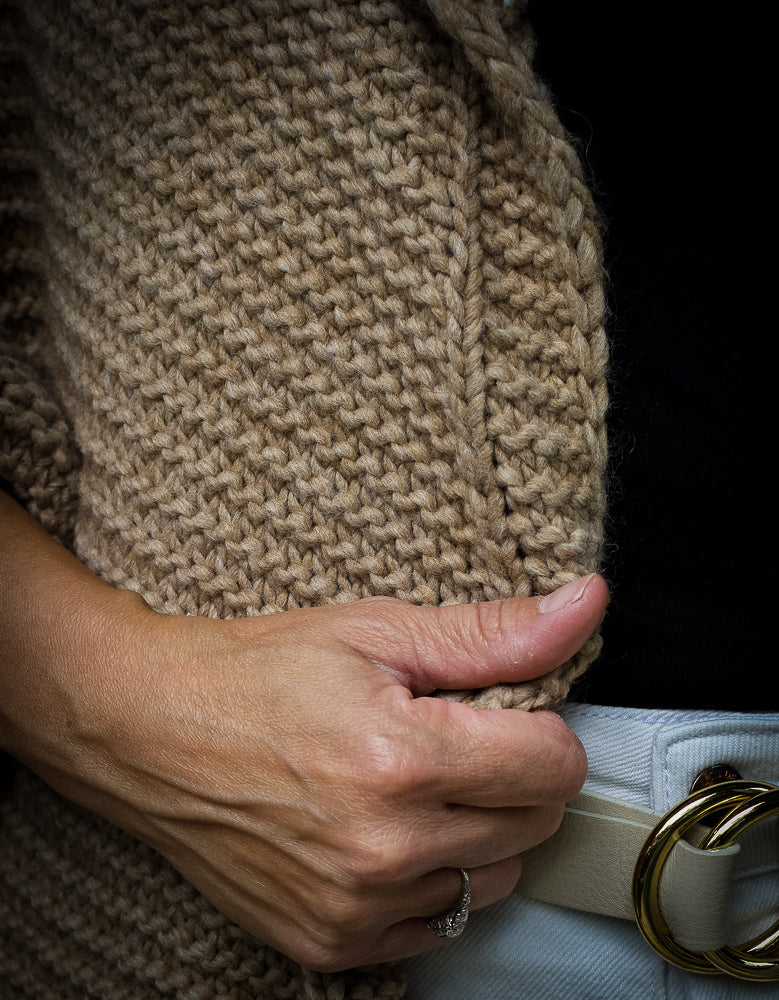Until more recently I hadn’t fully appreciated the value of alpaca other than how soft it was. A long cardigan or an oversized cardigan sweater thrown on with my favorite white tee and denim in the heart of the fall season was the extent of my use of the fabric, if I even realized either had any alpaca in them to begin with. After purchasing the fall 2024 styles for the website and doing fairly basic research into its origins, it is obvious that alpaca it is not only useful but timeless.
The use of alpaca fibers in clothing dates back thousands of years, with origins deeply rooted in the ancient civilizations of the Andes Mountains in South America. The alpaca, a domesticated species of camelid, has been a vital part of Andean culture for over 5,000 years, particularly among the Inca civilization. These high-altitude regions, with their harsh and fluctuating climates, required the development of textiles that were not only warm but also lightweight and durable. Alpaca wool, with its exceptional insulating properties, became the perfect material for creating garments that could protect against the cold while being comfortable to wear.
The tradition of using alpaca wool experienced a resurgence in the 19th and 20th centuries, as global appreciation for natural fibers grew. Today, it’s celebrated worldwide for its luxurious feel and sustainable qualities. Modern fashion designers continue to explore its potential, blending it with other fibers to create clothing that honors its ancient origins while meeting contemporary demands. This enduring legacy of alpaca wool not only reflects its remarkable qualities but also the cultural significance it holds for the people of the Andes.
